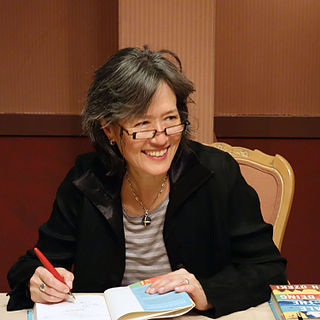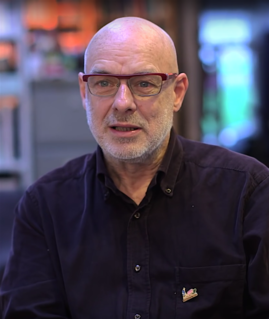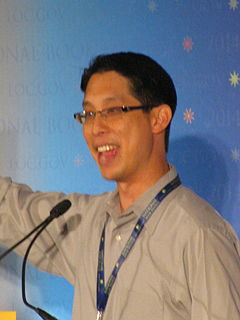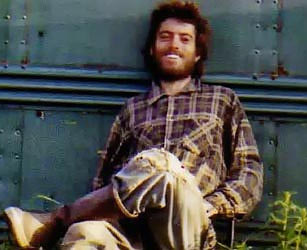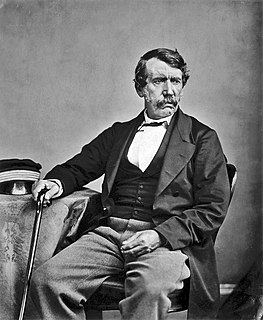A Quote by Isabella Bird
I lived among the Japanese, and saw their mode of living, in regions unaffected by European contact.
Related Quotes
What I believe is that people have many modes in which they can be. When we live in cities, the one we are in most of the time is the alert mode. The 'take control of things' mode, the 'be careful, watch out' mode, the 'speed' mode - the 'Red Bull' mode, actually. There's nothing wrong with it. It's all part of what we are.
Many Japanese families moved to Taiwan during the occupation. Then, when the war ended, they were forced to move back. And at the macro level, the Taiwanese had every reason to cheer when the Japanese left. The Japanese military could often be incredibly brutal. The Taiwanese lived as second-class citizens on their own land.
America did not need to be discovered because quite simply America had the American-Indians. There were whole groups of people that already lived there including very developed societies such as the Incas, the Aztecs, and the Mayans. But then came the European vision that saw the conquest as a source of advanced growth away from medieval Europe. The new revolutionary bourgeois trend formed a new perspective on what was democracy that they saw as an improvement to the democracy of ancient Greece.
Here in the United States, a study of nearly 700 women in California showed an increased risk of fetal death among babies whose mothers lived near crops when certain pesticides were sprayed. The largest risks were found among pregnant women exposed during the critical first trimester and among those who lived in the same square mile where pesticides were used.




